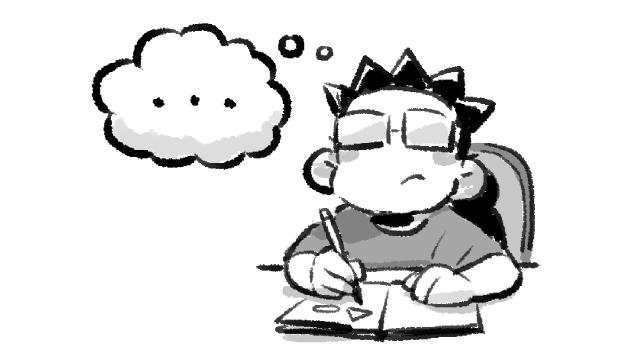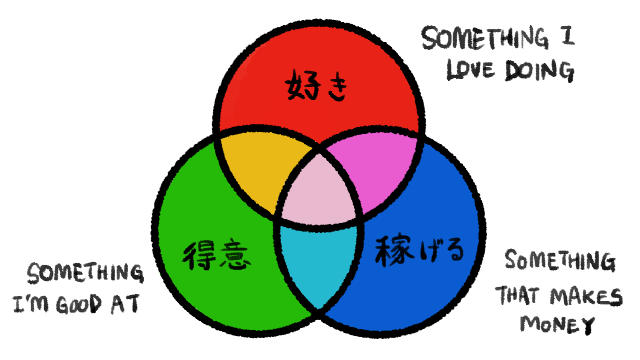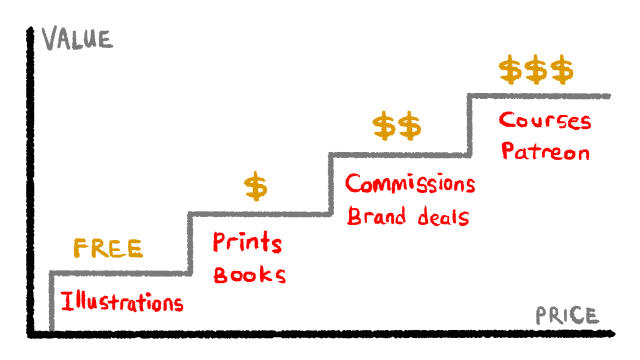
Website revamp and art business retrospective
Hello world! I thought it was time to redesign the website a little and prepare it for some long-term usage. I’m quite happy with how it looks! Now I can focus more on just writing for my blogs.
Today, I’d like to talk about my recent journey in trying to start an art business.
Retrospective
Since early last year, I’ve been thinking about starting an art business as a side hustle. After procrastinating for too long, I finally broke my hiatus with my first illustration on August 2024. Before I could even think of starting an art business, I had to at least try to get in the habit of drawing again.
In building an art business, I figured I had to build a personal brand. I started drawing regular gag comic strips on September 2024, featuring myself and my wife. I planned to draw about 3 times a week. However, after about 2 months of trying to draw regular comic strips, I discovered a few hurdles and eventually decided to stop.
First, I was constantly worried about running out of ideas. Second, I wasn’t sure how to monetize my comics. Third, I found it cost-ineffective in terms of the effort spent. The visual quality of comics are generally not important – The punchline matters more. Take xkcd for example, Randall Munroe’s strips are often very clever, and requires minimal effort on the visuals to get the message across.
There is also plenty of competition on places like Reddit’s r/comics or Webtoons. As far as I know, only the top artists are able to make any sort of revenue from their work. Knowing myself, I want to maintain a high level of art quality. I couldn’t maintain a satisactory level of art while writing a consistent stream of scheduled jokes. I pretty much burned out within the 2nd month or so.

I’m realistic about my circumstances. I’m approaching my 40’s. I intend to start a family in the next couple years. I have mortgages to pay. I don’t have the luxury of time or stamina on my side. I have to be careful with how I approach building my side hustle. This means that I have to think of ways to provide the most value with as little time as I can afford.
I am now aware that I cannot make comics by myself and hope that people will pay for it. There’s a steep up-front investment before I can validate if my comics can even make any profit. I would probably need at least a hundred comic strips before I can compile them into a book for sale. If I drew 3 comic strips a week, that would mean I need to consistently draw for 30 weeks (about 8 months) before I can even start printing them and pray that it sells. Of course, if I have a large-enough fanbase, I can probably sell a decent amount of copies of the compilation books, but I don’t think I want to invest that much time into it to find out.
Ultimately, I like drawing comic strips but I didn’t want to build my personal brand around comics strips, especially since I don’t think I can continuously write jokes for longer than a few months. it didn’t seem like a scalable idea for an art business too.
Planning
So, given that I will have less time and energy in the near future, what else can I do to start and grow an art business?
I came across an exercise commonly taught by entrepreneurs, a business-oriented version of the Japanese Ikigai chart. I drew a Venn Diagram of “things I am good at”, “things that I love”, and “things people will pay for”. The intersection of all three of the circles would be the best choice for a business idea that, in theory, would be most suited for me to pursue in the long term.

With the help of the Venn Diagram exercise, I settled with “creating illustrations and teaching art” and dropped other things like “freelance programming”, “gamedev” and “teaching Japanese”.
Then I asked myself, if I could make a decent living doing what I loved, what would my daily work routine be like? My answer was to “create cute illustrations”. Hopefully this can eventually expand to related things like “teaching how to draw cute characters” and “publishing children’s books”.
Next, I aligned my interests with some viable ideas that are relatively easy to execute. I defined “easy” as products that will not take longer than a week to finish, if I did it full-time. That meant no book compilations or gamedev projects, because those would take at least 3 months of full time work. A couple of internet strangers have expressed interest in buying my recent illustration as prints – this could be a hint toward how I start making some money as a business. I could regularly create simple illustrations that can be sold as prints. And once I have a consistent catalogue of illustrations online, I can try looking for commission or freelance gigs.
I also came across the Value Ladder exercise, where I tried to determine what kind products or services I can sell at different price tiers.

Of course, there’s no guarantee that people will organically discover my art and buy them, so my next challenge is to figure out how to get potential customers to discover my artwork. I believe this is called “generating leads” in business. I suppose I could build an audience with a Youtube channel. I’m still uncertain about how I should approach that for now.
Anyway, that’s a summary of the things I have done and will do in the near future. Hopefully I’ll stay on track and share some positive results in the next couple months!

